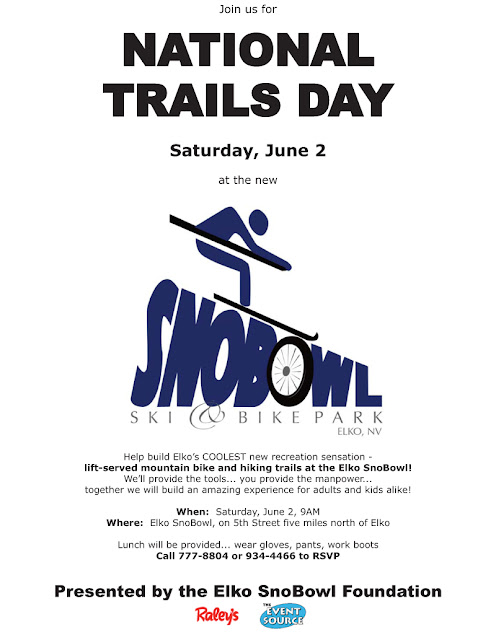+++++++++++++++
I got an e-mail a few days ago from a guy who ran across my blog looking for hunting beta. Apparently hearing loss has been an issue in his family, and he asked me to publish a short write-up he did for would-be hunters on the subject. As a former owner of a professional sound reinforcement company, and as someone who has experienced hearing loss because I didn't take care of my hearing, I think that what he has to say is worth considering.
Your ears, your choice. Personally I wish now I'd taken more care, as the constant ringing and my unending requests for my husband to repeat himself get old.
One thing he didn't mention in his write-up: you can have custom earplugs made these days that reduce decibels without changing frequency response. In other words, you'll still be able to hear Ma Nature and your hunting partners while you're out there, it'll all just be quieter. They're great for other overloud situations, as well, like concerts and movies. Here's the link.
One final note: Listening to sound at 120dB for only five minutes can cause permanent hearing damage. Here's a list of decibel levels of common sounds. You'll see that gun blasts are up there in the range that cause permanent hearing damage with very, very little exposure.
++++++++++++++
Hi my name is John O'Connor, I am a father, outdoorsman and passionate about living a healthy lifestyle. Over the past few years I have become more and more interested in hearing loss. My father and grandfathers, who are and were all hunters, are affected by hearing loss. I feel that there is a general lack of understanding around the issue and it is our job to spread awareness where we can. Check out my new blog at bloggingwjohno.blogspot.com!
Protecting Your Hearing While Hunting
Hunting is a very popular sport and hobby for many people these days. When planning for a hunting trip many people always check for their rifles, ammo, maps and camouflage but often don’t check to see if they have their hearing protection with him. Because most people begin hunting when they are quite young, many don't think about the consequences of hunting on their hearing at all. However, no matter how young the hunter, being proactive now against damage to the hearing can prevent future difficulties.
My father who as been hunting as long as I can remember, often did not really pay much attention to his hearing while out in the field or shooting at the range. He often felt that if he didn’t see any signs or symptoms of hearing loss why should he have to wear hearing protection. Looking back on it, he regrets that he did not consistently wear some sort of hearing protection when hunting. He now is affected severely by hearing loss and uses hearing aids to help amplify sounds around him so he can hear better.
Are Firearms Dangerous to Your Hearing?
Let's face it: Firearms usually make loud noises. Because hunting rifles are normally positioned close to the ear, hunters are at an increased risk of developing loss of hearing due to exposure to loud noises. The hearing of those accompanying you on your hunting trips can also be negatively impacted.
The average shotgun produces over 160 decibels of sound. If a silencer is used, the decibel level is around 144. This is still over twice as much sound as the volume of normal speech. Fortunately, ear protection that can protect hunters and those who spend time with them are available to ensure hearing safety for all.
Earplugs
Earplugs are among the most commonly used equipment to defend against hearing loss due to high decibel levels created by firearms use. Because different earplugs protect against different decibel ranges, it is important to clearly read the package instructions and explanation before purchase to make certain that you've got the right ones. Although earplugs are the correct answer for many people who are trying to protect their hearing, they are not for everyone. If you aren't getting the protection that you want from earplugs, you should investigate the possible benefits of using earmuffs instead.
Earmuffs
The clamshell-style earmuffs favored by many hunters are comfortable, easy to use and provide superb sound protection. Inexpensive varieties are manufactured with foam padding around the ear area to provide a buffer from sound waves. However, if you are in need of a greater level of protection than these are capable of providing, you should look into earmuffs that have a liquid cushioning as opposed to foam. Many hunters receive more optimal protection by using these.
Electronic Earmuffs
I switched to electronic earmuffs a few years ago and have been happy using them. These earmuffs are designed so that if they detect any sound over 80 decibels, they automatically shut it out. This has allowed me to maintain voice communication with others in my hunting party as well as protect my hearing.
















































